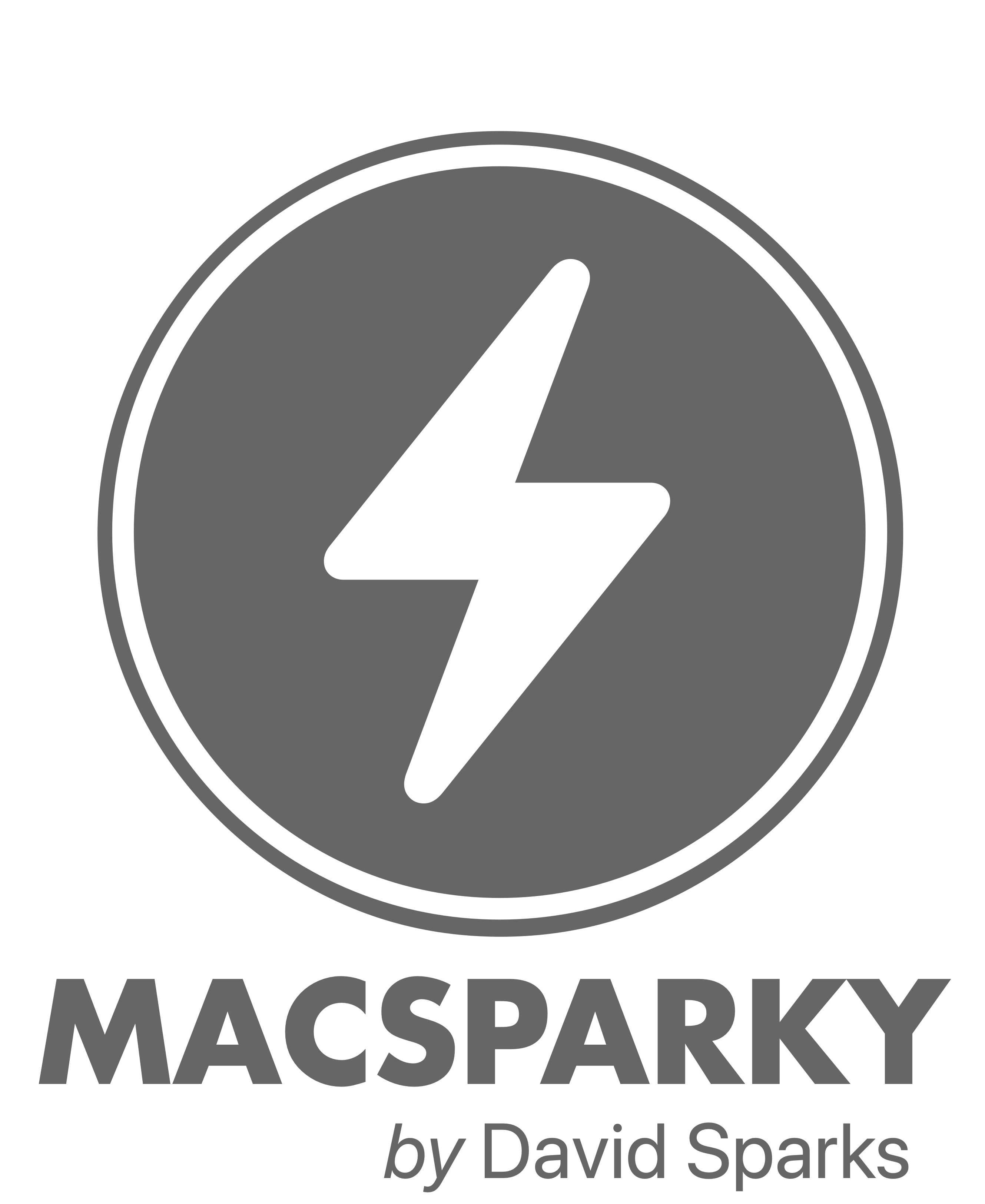My friend and Focused co-host, Mike Schmitz just published his time-tracking opus over at Sweet Setup. It’s an excellent read if you are interested in tracking your time.
I track my time in two ways. First, I have the Timing app running at all times on my Mac. (Note Timing is an occasional sponsor of the stuff I make.) I like Timing because it is automatic and gives me exact data of what I am doing while seated at my Mac. I check the Timing data daily, and sometimes the results surprise me. For instance, one day last week, I was web shopping for a new harness for my dog. In my head, that took 10 minutes. According to Timing, however, I spent 56 minutes looking for the perfect dog harness. (Winner!) Discoveries like this are why Timing earns its place on my Mac. It is precisely the reality check that I often need.
I also track time with a combination of Toggl and the Timery app. These apps require you to manually set and stop timers, which means the data is much worse than what you get from Timing. For me, that is a feature, not a bug. The information I get from Toggl is somewhat helpful but not nearly as important to me as the practice of setting timers.
I find that stopping and setting a timer before changing modes helps the process of switching modes. The process acts as a signal to my brain: “You are now no longer processing email. You are now doing client work.”*
These timers are few. For instance, I only have one timer for working on the Mac Power Users podcast even though I do many different tasks while making that podcast (e.g., research, outlining, recording, post-production, wrangling guests, or managing sponsors). Whenever I set aside time to work on MPU, I throw the MPU timer on and shift modes. For my entire law practice, I only have four timers (admin, client work, communications, and planning).
So with this second method of time-tracking, I don’t get granular and accurate data, but instead a broad-stroke overview of how I spend my time.
This does help me in identifying issues and non-issues. For example, I’ve always thought I spent too much time in task management. Still, after I started time-tracking, I discovered the time spent in task management was trivial compared to the time I spent in production, and that small amount of planning time was giving me a ton of bang for the buck.
I recently explained my time-tracking habits to an intelligent friend who asked me excellent questions. “Where does time spent doing X stack up in terms of measuring productivity? Isn’t quality more important than time?” He is, of course, right. But I think knowing how much time you spend on various tasks has inherent value, so long as you can create an easy way to do so.
Timing runs entirely in the background, so with that app, I get time-tracking data for free. The Toggl/Timery combo, however, requires me to throw a switch. Talking with my friend made me wonder if I was putting too much mental bandwidth into this second time-tracking method. So I took a few days off manual time-tracking. The experiment failed spectacularly. It wasn’t the loss of the less accurate data that I missed. What got to me was throwing the switch and the assist, as mentioned above, I get with mode shift. Without the discipline of throwing the switch, I found myself drifting between multiple projects and not holding my focus. The brain is, very much, a strange organ. Over the years of tracking time this way, I have managed to connect some synapses that are very efficient if I push a button first. Now I’m back to tracking time two ways. I’d like to wrap up this experience by giving you some wise advice about why you should (or should not) be tracking your time. What I will tell you, though, is that in building this habit, I’ve genuinely strengthened my focus muscle, and I’m not going back.
*Note: Before you fire up your email client and start writing me about Timery’s excellent automation and Shortcuts support … I know; however, I find that I don’t automate much because it is the act of setting a timer that helps me with the mode shift.








